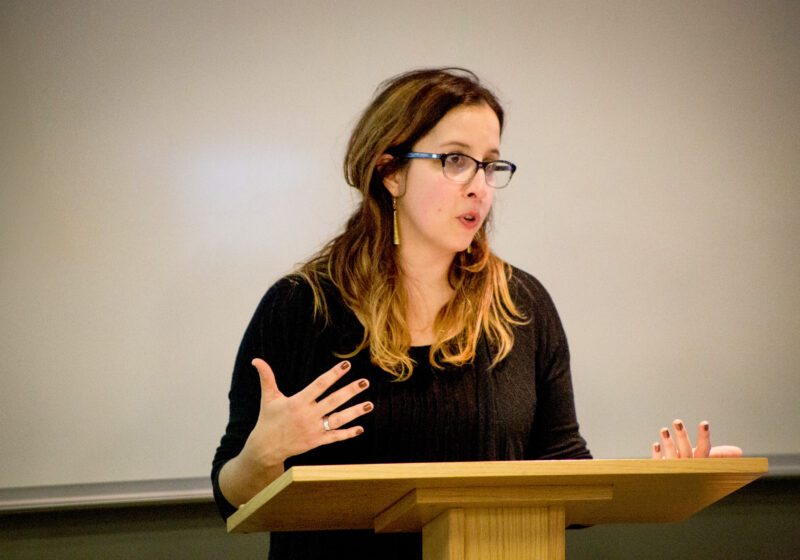One of the hottest buzz phrases in physical fitness over the last few years has been “core training.” What is core training and why is it so hot now? Training the core of the body refers to exercising those slower and larger muscle groups of the lower back, hips and abdominals. This is mainly where the body’s center of gravity is located and where movement begins.
However, it is an often-neglected area by athletes and non-athletes in general body training. Training of this area is crucial because it is responsible, through muscle stabilization, for maintaining overall body posture and balance as well as generating force out to the extremities.
You will often see people work the arms or legs and wait until the end of the workout before exercising the core. Unfortunately, one is usually fatigued at this point, so the core muscles get the short end of the stick. One should work the larger core muscles in the beginning of a workout. This will ensure a stronger core, which will mean more force can be generated to the extremities allowing for more efficient and smooth movement.
One may think that working the core consists only of performing ab crunches and back extensions. It is important to realize that this is only one plane of movement and all movements generally occur in three basic planes. The frontal plane divides the body into front and back, so this plane emphasizes movement side to side. The sagittal plane divides the body into left and right, so this plane emphasizes movement forward and backward. The transverse plane divides the body into top and bottom, emphasizing movement in a rotary fashion. Therefore true core training incorporates all of these planes of movement.
There are several different methods and ways to go about training this area of the body while covering all planes of movement. The joy of core training is that it is fairly simple, does not require a lot of expensive equipment and does not require a lot of time.
An easy place to begin core training would be on the floor by simply using your own body weight and gravity as resistance. The popular ab crunch is an example. By bending your knees and keeping your thighs perpendicular to the floor and lower legs parallel to the floor, raise the trunk off the ground attempting to bring the chest to the thighs.
The next progression involves exercises in a seated posture. An example of this would be performing the Russian twist. Perform a sit up, keeping the back at a 45 degree incline, then with your arms extended and palms together, rotate the trunk right and left until you feel muscle fatigue in the sides of your torso.
There are several variations to core training in the standing posture, which usually emphasize all three planes of movement. One can always start by using their own body weight but will want to progress to using such things as medicine balls, weight plates, stabilizing balls, dumbbells or stretch cords as a form of external resistance. An example of a core exercise in this mode would be holding a medicine ball overhead above the right shoulder and chopping it down to the opposite side hip. This can be repeated 10 times on each side. Medicine ball partner exercises are also advantageous because they offer more options and flexibility in what you’re trying to accomplish.
A good core training session ? usually lasting about 15 to 20 minutes ? can easily be incorporated into your regular workouts. A good mix of working different muscles and different planes of movement will ensure adequate recovery. You may want to do flexion and extension movements one day, then rotation or chopping movements the next. A maximum of six to 10 exercises should be performed in one session with each consisting of about 10 to 20 repetitions for the best results.
Steckley is a certified UR athletic trainer.


